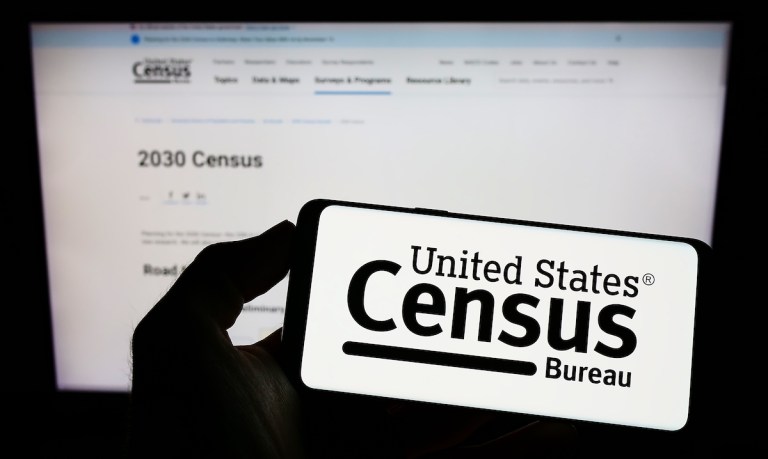
American household incomes increased 4% last year, the first significant increase since before the pandemic, according to the Census Bureau.
The data showed that real median household income was $80,610 in 2023, compared to $77,540 in 2022, the bureau said in a Tuesday (Sept. 10) press release.
“This is the first statistically significant annual increase in real median household income since 2019,” the release said.
An analysis of the data by the White House said the report “confirms a pattern seen in other labor market data through 2023: Real income grew robustly as inflation eased and unemployment remained historically low.”
The data also showed a 0.4% drop in the official poverty rate, to 11.1%, with 36.8 million people living in poverty, according to the bureau’s release.
The supplemental poverty measure — which accounts for several government programs that are designed to help low-income families but are not part of official poverty measure calculations — crept up by 0.5 percentage points to 12.9%, per the release.
The PYMNTS Intelligence report “Higher Perception of Inflation Drives Paycheck-to-Paycheck Consumers to Trade Down” found that inflation has been cooling, but 70% of consumers said their income has not kept up with inflation.
“This sentiment is particularly acute among paycheck-to-paycheck consumers, with 77% of those struggling to pay bills reporting their income hasn’t sufficiently offset rising costs,” PYMNTS wrote at the start of September. “Even among those not living paycheck to paycheck, 61% shared this sentiment.”
The Census Bureau’s data came one day after a pair of Federal Reserve reports that offered a picture of how American consumers are borrowing.
“The July data on consumer credit shows a significant jump in pretty much all forms of debt,” PYMNTS wrote Monday (Sept. 9). “Revolving debt, which includes cards, surged at an annualized 9.4% pace in July, after what looked to be a paydown (because we saw an annualized 0.3% decline) in June. Overall revolving debt stood at $1.359 trillion in the latest reading; that line item had been a ‘mere’ $1 trillion in 2019. Doing the math, that’s 24.8% higher than the 2019 number.”